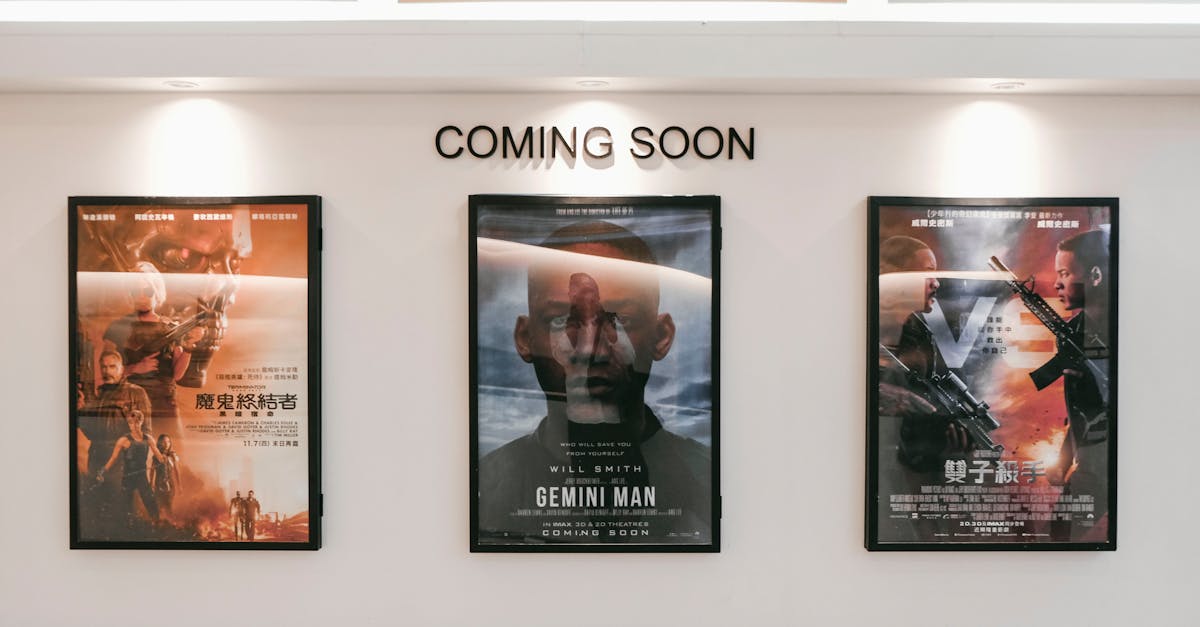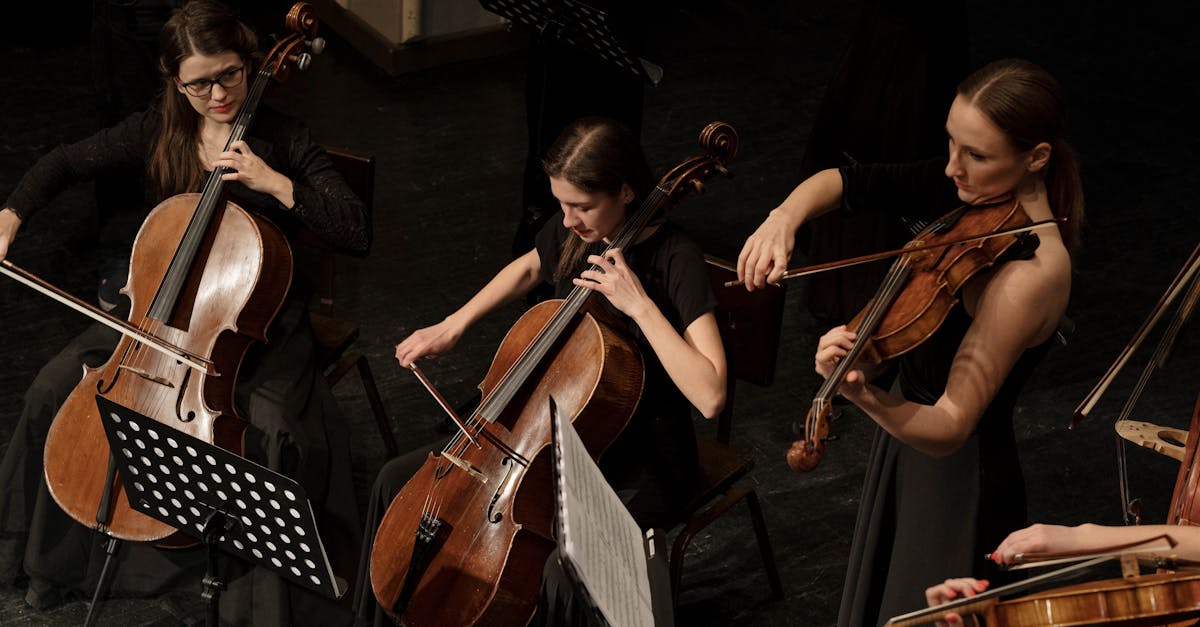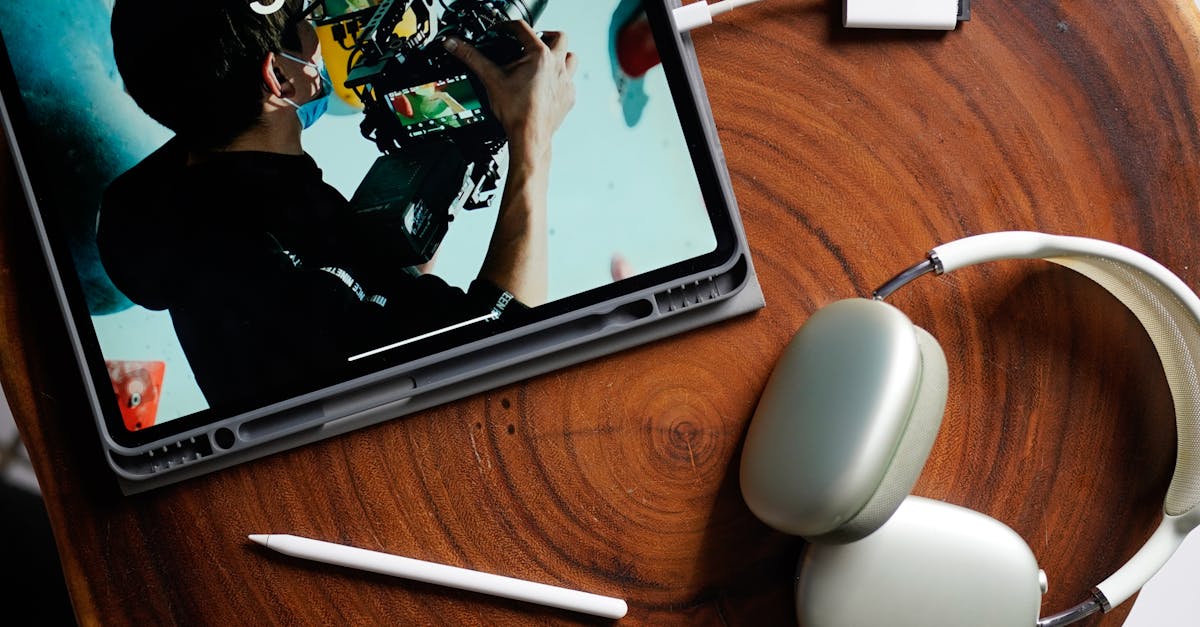Streaming Era Theater Trends Explained
Introduction
The evolution of theater lies at an intriguing intersection of tradition and modern technology in the streaming era. This period represents a fascinating blend of live performance's timeless appeal and the ubiquitous reach of digital platforms. As audience behaviors shift, theaters are increasingly adapting to embrace streaming in new and experimental ways. Where once patrons filled theaters to enjoy a play, today’s audiences can experience performances remotely, crossing geographical boundaries effortlessly. This transition impacts not only how performances are viewed but also how productions are conceived, designed, and executed. Join us as we explore the innovative trends shaping the theater world in the streaming era.
Advertisement
Hybrid Performances
The streaming era has birthed hybrid performances, blending in-person and virtual audiences into a harmonious viewing experience. This hybrid model allows theaters to accommodate more viewers, reaching those unable or unwilling to attend in person. Technologically advanced setups with multi-camera arrangements bring viewers closer to the action, capturing nuances often missed from a traditional audience seat. This evolution has seen classics like "Hamilton" reach broader audiences through online platforms, establishing a new standard in theater accessibility. Moreover, hybrid performances can tailor experiences with interactive features, such as real-time audience polls and virtual backstage tours, enhancing engagement.
Advertisement
Immersive Technology
Theater is capitalizing on immersive technologies like Augmented Reality (AR) and Virtual Reality (VR) to enrich storytelling experiences. AR has entered the fray by overlaying digital elements on live performances, creating dynamic interaction points for live and online audiences alike. Meanwhile, VR theater invites viewers to step inside the performance bubble, participating in a 360-degree experience that conventional viewpoints could never achieve. Performances such as "The Under Presents" exhibit the transformative potential of VR in theater, with audiences embarking on a journey that transcends traditional storytelling. These technologies redefine audience engagement and the broader theater narrative.
Advertisement
Global Collaboration
The universality of streaming empowers collaborative productions with creators and performers across continents. Boundaries dissolve, facilitating multicultural exchanges and innovative fusion creations. International collaborative efforts like the "Bridge Project" exemplify this, where artists from different corners of the globe coalesce to expand theatrical horizons. These endeavors can invite diverse cultural narratives to the table, offering audiences unique and multifaceted theatrical experiences. Furthermore, global collaboration through streaming ensures diverse performances are not confined locally but instead become accessible on the world stage, fostering a shared cultural appreciation among theatergoers everywhere.
Advertisement
Audience Interaction and Feedback
The streaming era alters how audiences interact and engage with theater productions, providing instantaneous feedback. Interactive streaming platforms enable viewers to participate actively, voting on plot developments or character outcomes. Such interaction challenges traditional passive audience roles, inviting them into the creative process directly. Theater troupe "The Royal Court" utilized these principles in their play "The Receptionists," where audiences influence narrative directions via interactive elements. Real-time chats and Q&A sessions offer directors and actors tangible insights, enabling real-time adjustments and reflective performances that cater to evolving audience preferences.
Advertisement
Accessibility and Inclusion
Streaming has revolutionized accessibility within theater by dismantling physical and financial barriers traditionally associated with attending live performances. People with disabilities, those from remote areas, or with affordability limitations can now partake in theatrical experiences they might otherwise miss. Subtitles, sign language interpretation, and audio descriptions ensure that theater productions are truly inclusive and reflective of diverse audience needs. This democratization of access through streaming helps theaters cater to a broader spectrum of society, fostering inclusivity and enabling greater cultural participation. These developments hold promise for the continued diversification of theater audiences.
Advertisement
Financial Transformation and Monetization
The advent of streaming reshapes financial structures and funding models within the theater industry, introducing fresh revenue streams. Live streaming presents "pay-as-you-go" viewing options, subscription models, and tiered pricing on additional content. This flexibility continues to evolve, with many theaters experimenting with crowd-funding platforms and "give-what-you-can" pricing models, catering to a diverse financial demographic. Furthermore, affiliate marketing and brand collaborations during live streams offer additional monetization routes for production houses. Such financial innovations can ensure theaters' sustainability, even during periods of restricted physical attendance.
Advertisement
Impact on Creators and Production Teams
Streaming requires a paradigm shift for creators and production teams, embracing digital proficiency alongside theatrical artistry. Teams engineering live streams have to familiarize themselves with broadcasting practices, camera placements, and cybersecurity measures. Productions must balance traditional theatrical elements with digital responsiveness, allowing space for highlight-worthy digital content creation. Such dual roles have led to new employment opportunities for directors, camera operators, and software developers, expanding the workforce within the theater industry. While these changes present logistical challenges, they also pave the way for revolutionary theatrical experiences.
Advertisement
Cultural Exchange and Education
Streaming transforms theater into an educational platform, encouraging cultural exchanges and learning initiatives. Universities and cultural institutions are offering remote access to archived performances, lectures, and workshops. These resources support students globally in contrast to the limitations of physical attendance. Collaborative projects, like the "National Theatre at Home" series, allow audiences to sample global theater treasures from their homes, enriching awareness and appreciation across cultural divides. Streaming further enables theater festivals to reach global audiences, fostering cross-cultural dialogues and learning experiences, ultimately benefiting both artists and audiences.
Advertisement
Conclusion
The streaming era represents a transformative force within the theater world, heralding an era of innovative and inclusive trends. Hybrid performances, immersive technology, and global collaborations enrich the theater landscape exponentially, paving the way for diverse storytelling techniques. Streaming technology redefines audience engagement, inviting them to partake actively and meaningfully in theatrical experiences. The barriers of accessibility and financial constraints are effectively dismantled, laying the groundwork for wide cultural participation. As theater evolves, it embraces digital frontiers while honoring timeless traditions, ensuring its enduring allure for generations to come.
Advertisement








